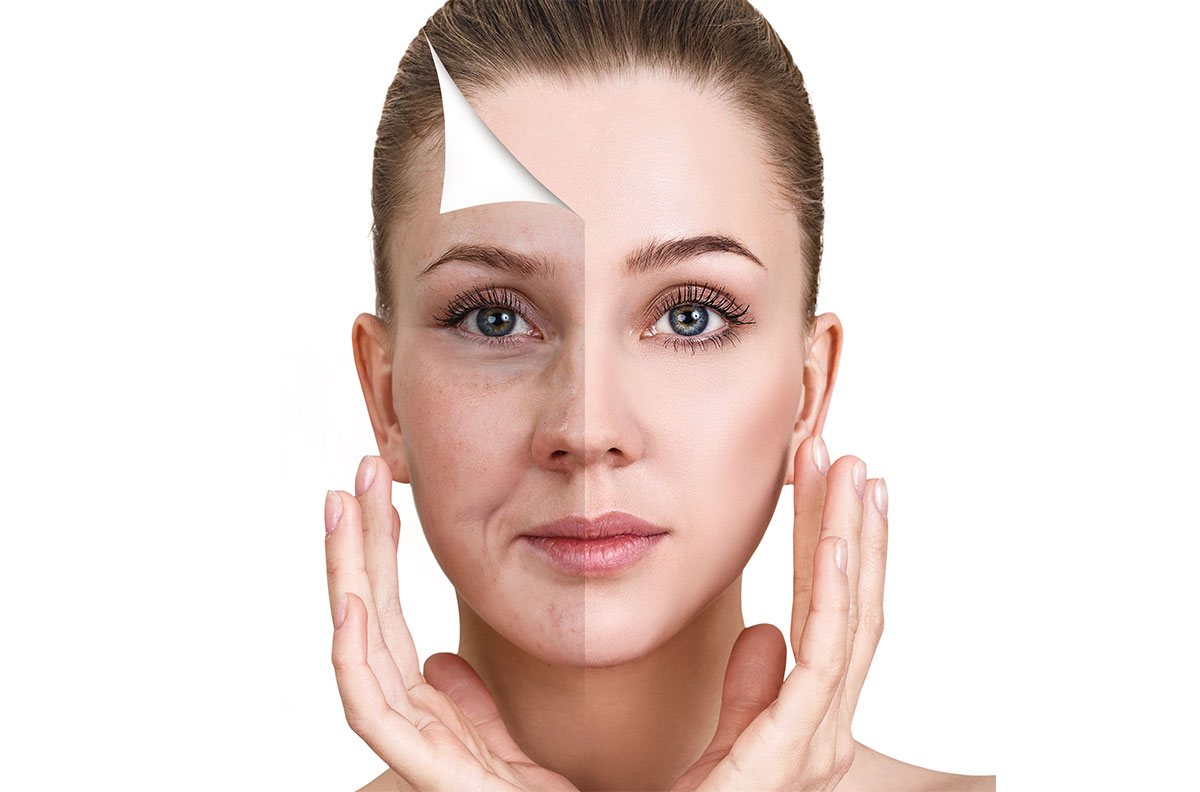Q switch laser, as we have explained in our previous articles, is a laser technology used to treat cosmetic problems on the skin. The term “Q-switched” means that the output energy of the laser is released in a very short time (in nanoseconds). This rapid release of energy allows the laser to penetrate deep and target unwanted skin blemishes or pigmentation disorders.
Q switch laser is often used to treat the following cosmetic problems:
- Pigmentation disorders: It is effective in the treatment of skin hyperpigmentation problems such as sun spots, age spots, brown spots, caffeine spots.
- Birthmarks: Q switch laser can be used to treat vascular lesions, also known as birthmarks. These lesions are caused by vasodilation in the skin.
- Tattoo removal: Q switch laser is an effective method for professional or amateur tattoo removal. Laser light breaks up the tattoo pigments and removes them from the skin.
- Acne scars: Q switch laser can be helpful in reducing the appearance of acne scars. The laser light targets the damaged tissue in the skin and promotes the formation of new and healthier skin cells.
The Q switch laser is generally preferred by people who are uncomfortable with skin problems or who want to improve their appearance. People with pigmentation disorders, birthmarks or tattoos, in particular, may consider this treatment.
If after Q Switch laser:
- Sun exposure: After Q switch laser treatment, your skin becomes sensitive and may be more sensitive to sunlight. For several weeks after treatment, you should use a broad-spectrum sunscreen when going out in the sun and, if possible, shorten the time spent outdoors.
- Skin care: Your skin may become sensitive and dry after Q switch laser treatment. You should use a moisturizer to keep your skin moist and follow your doctor’s recommendations when choosing skin care products.
- Make-up: You should take care not to wear make-up immediately after the treatment. It is better to spend a few days without makeup to allow your skin to rest and recover.
- Facial cleansing: During the first few days after treatment, you should gently clean your skin and avoid rubbing it. You should use a gentle cleanser recommended by your doctor.
- Exercise and sweating: You should avoid exercises that may cause excessive sweating for a few days after treatment. Sweating can irritate your skin and affect the healing process.
- Recovery time: Each individual’s recovery process may be different. After treatment, you may experience mild redness, crusting or peeling on your skin. These symptoms usually go away on their own within a few days. However, if you are concerned about severe or prolonged side effects, you should contact your doctor.

